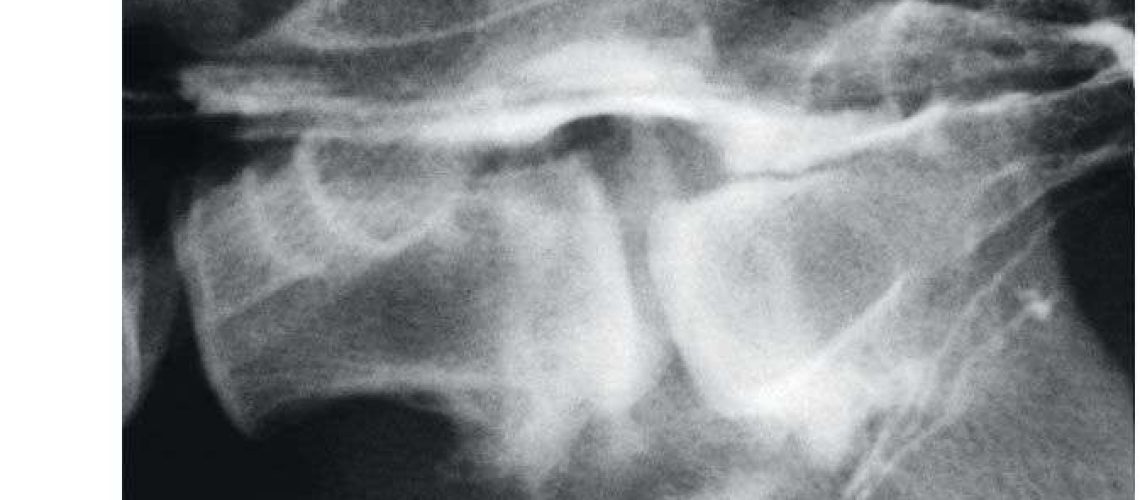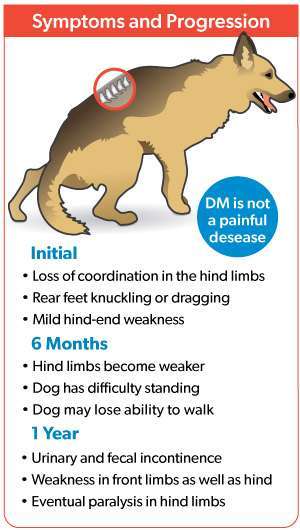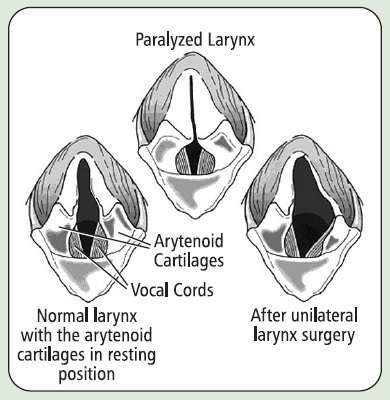Key Takeaways:
- Spinal stenosis in dogs is a condition characterized by the narrowing of the spinal canal, which can lead to compression of the spinal cord and nerves.
- The most common cause of spinal stenosis in dogs is degenerative changes in the spine, such as arthritis and disc disease.
- Dogs with spinal stenosis may show symptoms like back pain, difficulty walking or standing, weakness in the limbs, and even paralysis in severe cases.
- Treatment options for spinal stenosis in dogs include medication to manage pain and inflammation, physical therapy exercises, weight management, and sometimes surgery.
- Regular veterinary check-ups and early intervention are important for managing spinal stenosis in dogs and improving their quality of life.
Are you a dog lover? Do you want to ensure the health and well-being of your furry friend? If so, then understanding the topic of spinal stenosis in dogs is essential. This condition affects thousands of dogs each year, causing pain, discomfort, and even paralysis. By delving into this subject, you will gain valuable knowledge that can help you identify the signs and symptoms early on, allowing for prompt treatment and a better prognosis. With clear and straightforward language suitable for a 7th grader, we will explore what spinal stenosis is, how it affects dogs, and what steps can be taken to prevent or manage this condition. So let's dive in and become advocates for our canine companions' spinal health!
Understanding Spinal Stenosis in Dogs
Spinal stenosis is a condition that affects the spinal cord and nerves in dogs. It occurs when the spaces within the spine narrow, putting pressure on the spinal cord. This can lead to pain, weakness, and difficulty walking for your furry friend. The narrowing of the spinal canal can happen due to various reasons, such as age-related changes, herniated discs, or even tumors.
When the spinal canal narrows, it restricts the flow of blood and nutrients to the spinal cord and nerves. This can cause inflammation and damage to these vital structures. If left untreated, spinal stenosis can lead to permanent nerve damage and loss of mobility for your dog.
Causes of Spinal Stenosis in Dogs
There are several factors that can contribute to the development of spinal stenosis in dogs. One common cause is degenerative changes in the spine that occur with age. As dogs get older, their intervertebral discs (the cushions between their vertebrae) can wear down and become less effective at providing support.
Herniated discs are another common cause of spinal stenosis in dogs. When a disc ruptures or bulges out from its normal position, it can press against the spinal cord or nerves, leading to narrowing of the spinal canal.
Other causes of spinal stenosis include:
- Tumors or growths within or near the spine
- Infections that affect the spine
- An injury or trauma to the spine
- Abnormalities present from birth
Recognizing Symptoms of Spinal Stenosis in Dogs
Recognizing the symptoms of spinal stenosis in dogs is crucial for early intervention and treatment. Common signs to look out for include:
- Difficulty walking or standing
- Lameness or weakness in the limbs
- Pain or discomfort when touched or moved
- Hunched posture or reluctance to move
- Incontinence or difficulty controlling bowel movements
- Loss of coordination
If you notice any of these symptoms in your dog, it's essential to consult with a veterinarian as soon as possible. They can perform a thorough examination and recommend appropriate diagnostic tests, such as X-rays or an MRI, to confirm the diagnosis.
Treating Spinal Stenosis in Dogs: What Can Be Done?
The treatment options for spinal stenosis in dogs depend on the severity of the condition and the underlying cause. In mild cases, conservative management may be sufficient, which can include rest, pain medication, and physical therapy.
In more severe cases, surgery may be necessary to relieve pressure on the spinal cord and nerves. Surgical procedures can involve removing herniated discs, decompressing the spinal canal, or stabilizing unstable vertebrae.
Other treatment modalities that may be utilized include:
- Anti-inflammatory medications to reduce swelling and pain
- Steroid injections directly into affected areas of the spine
- Adequate exercise and weight management to prevent further strain on the spine
Your veterinarian will work closely with you to determine the best course of action for your dog based on their individual needs and overall health.
Are Some Dog Breeds More Prone to Spinal Stenosis?
While spinal stenosis can affect any dog, certain breeds may be more prone to developing this condition. Breeds with long backs and short legs, such as Dachshunds and Corgis, are at a higher risk due to their unique body structure.
In these breeds, the long spine and short legs can put added stress on the intervertebral discs and increase the likelihood of disc herniation and subsequent spinal stenosis. However, it's important to note that spinal stenosis can occur in dogs of any breed or size.
Preventing and Managing Spinal Stenosis in Dogs: Tips for Owners
While it may not be possible to prevent all cases of spinal stenosis in dogs, there are steps you can take as a responsible pet owner to reduce the risk and manage the condition:
- Maintain a healthy weight for your dog to minimize strain on their spine
- Provide regular exercise that is appropriate for your dog's breed and age
- Avoid activities that involve excessive jumping or twisting
- Use proper lifting techniques when picking up your dog
- Ensure your dog has a comfortable and supportive bed or crate
- Regularly monitor your dog's mobility and behavior for any signs of discomfort or weakness
If you suspect your dog may be at risk for spinal stenosis or if they are showing symptoms, consult with your veterinarian. Early detection and intervention can greatly improve outcomes and quality of life for dogs with this condition.
In conclusion, spinal stenosis is a condition that can affect dogs and cause pain and discomfort. It is important for dog owners to be aware of the symptoms and seek veterinary care to ensure their pet's well-being.
Can spinal stenosis be cured in dogs?
Dogs diagnosed with spinal stenosis have a positive outlook, even if they undergo surgery. The procedure, called laminectomy, aims to restore hind leg function. After the surgery, the dog will need medications to manage pain and inflammation, as well as potential physical rehabilitation, cold therapy laser treatment, and supplements for recovery.
What are the symptoms of spinal stenosis in dogs?
Generally, animals that are affected show hesitance to jump or climb, and they may struggle to stand up from a lying position. They may also make groaning noises or yelp spontaneously. Other less common symptoms include lameness in the hind limbs (caused by compression of spinal nerves), incontinence, and reduced movement of the tail.
Is spinal stenosis painful for dogs?
Lumbosacral stenosis is a condition that causes pain in the spinal cord and the nerves near the lower back and pelvis. It occurs where the lumbar spine meets the sacrum at the pelvis level, near the tail.
What are the worst symptoms of spinal stenosis?
Typically, symptoms of this condition will occur on one side of the body, but they may affect both legs. These symptoms may include numbness, cramping, or pain in the back, buttocks, thighs, or calves, as well as the neck, shoulders, or arms. Additionally, weakness in a specific part of a leg or arm may be experienced.
How can I help my dog with spinal stenosis?
The typical approach to managing DLSS in dogs with mild symptoms is to use pain-relieving and anti-inflammatory medications, as well as making lifestyle changes to prevent the worsening of symptoms. In some cases, epidural steroid injections have been used for dogs with minimal neurological issues, although their long-term effectiveness may be questionable.
What is the prognosis for a dog with stenosis?
Mild subaortic stenosis does not affect a dog significantly, and it is generally advised not to breed dogs with this condition. However, moderate or severe subaortic stenosis can lead to symptoms and increase the chances of sudden death.

















